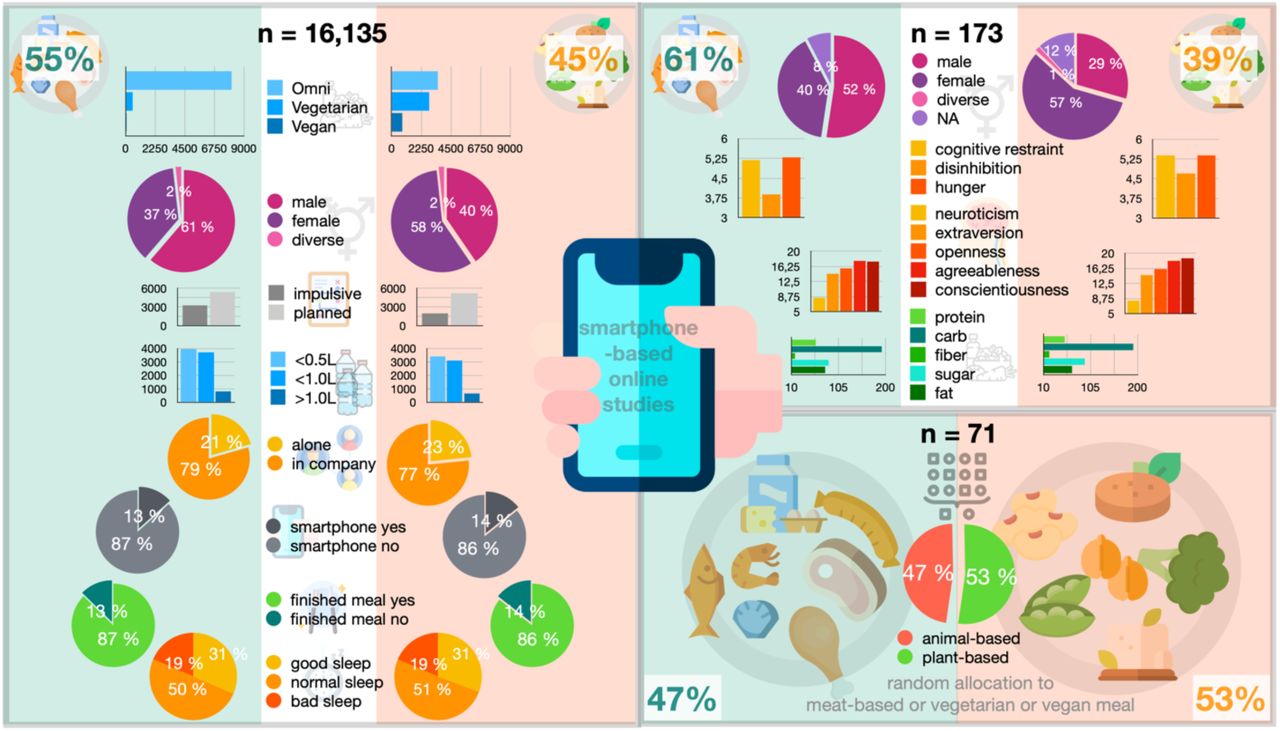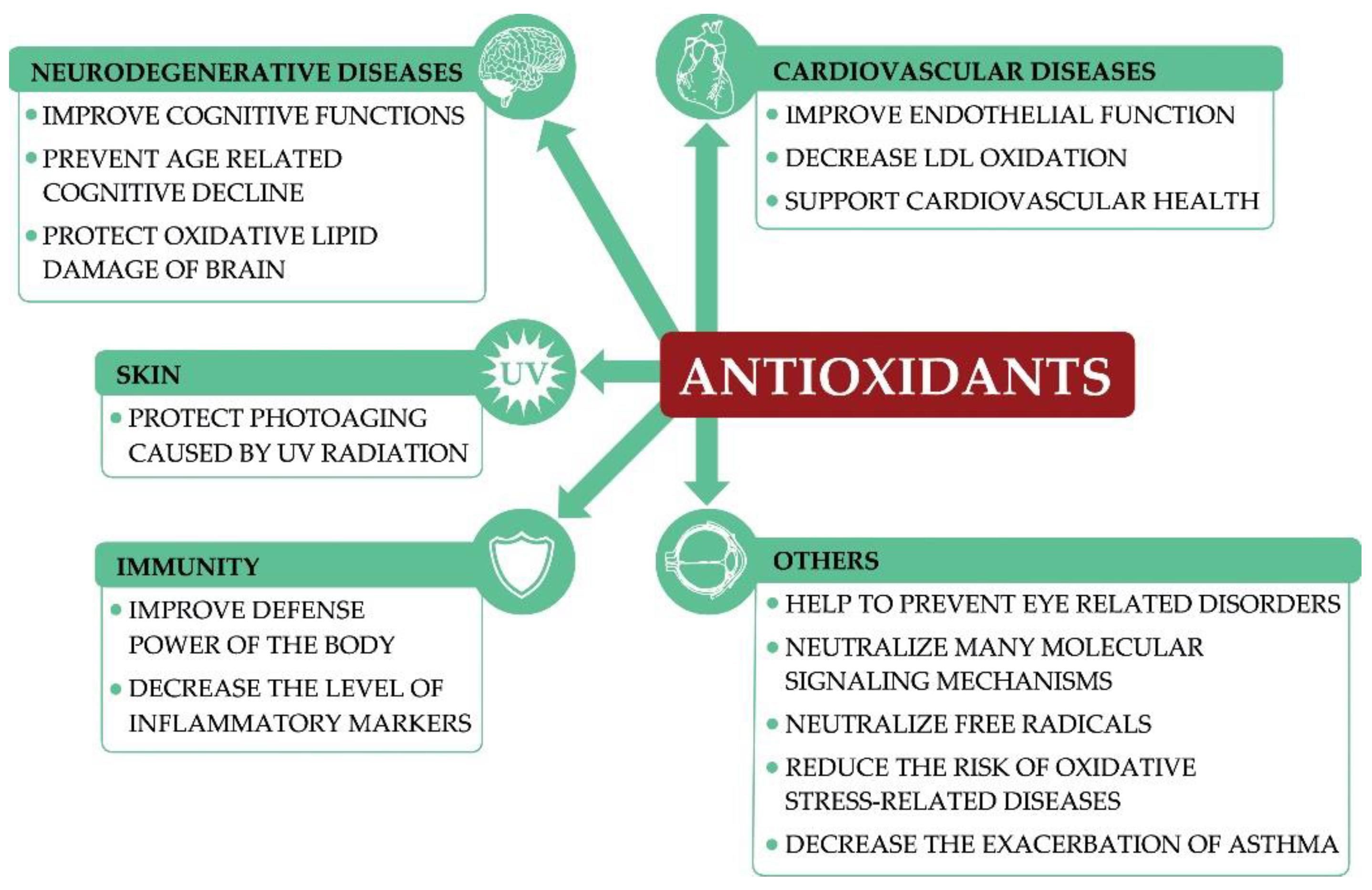
Vegetarians were warned long ago that they could be at greater risk for stroke. A recent study however has given a more balanced assessment on the risk, even with some flaws. Although the study had a large sample size, it was only able to study two types. Additionally, the study didn't consider stroke risk in general, which could have lowered its reliability.
Heart disease
Although the link between stroke and vegetarianism isn't established, a new study shows that a vegetarian diet may lower your risk of developing this type. Research using data from Sweden's health register revealed that vegetarians have a lower chance of suffering from haemorrhagic stroke or total stroke than meat-eaters. But further research is needed to confirm these findings. Dr. Sankara, a Columbia University Irving Medical Center cardiologist, said that there are many questions still to be answered.

Low cholesterol
Recent research suggests that healthy, plant-based diets may help reduce stroke risk. Researchers analyzed data from 1,072 stroke cases and 2,820 CHD cases. Researchers also looked at the prevalence of risk factors such as smoking and physical activity. Pescetarians were less likely to suffer from stroke and CHD than those who ate meat. The findings of the study should be read with caution.
Low intake of certain nutrients
A study that examined heart disease and stroke risks among Oxford's 48,188 residents was published in 2012. Two groups were created from the participants: vegetarians or meat eaters. Researchers controlled for other factors such as smoking, alcohol consumption, physical activity, and exercise. Vegetarians had a lower risk of stroke, and the study suggests that meat eaters are at a greater risk of stroke. The effects of low levels of certain nutrients on stroke risk and heart disease was also studied.
Strokes with hemorhagic bleeds
A British Medical Journal study examined the relative risks of ischemic and vegetarian strokes in the U.K. The British Medical Journal recently published a study that looked at the relative risk of ischemic stroke and vegetarianism in the U.K. It showed that vegetarians had a lower risk of stroke than meat-eaters, but that vegetarians also had a higher chance of suffering from haemorrhagic stroke. This is consistent with the finding that animal foods may have protective effects, but that vegetarianism carries a greater risk. Researchers surveyed volunteers from Buddhist communities in Taiwan to find out their dietary habits and alcohol intake.
Plant-based diets
A new study revealed that a plant-based diet can lower your stroke risk. This study was published by American Academy of Neurology in Neurology. It is the first to examine the relationship between plant-based diets and reduced risk of stroke. The study also shows that plant-based diets lower blood pressure, which is a factor in avoiding strokes. Researchers believe vegetarianism should be considered as part of future nutrition policies.

Additional risk factors
However, there have been mixed results from studies that link a vegetarian diet to a lower chance of stroke in both men and women. Despite these associations, many studies have not accounted for other risk factors, such as blood pressure or cholesterol levels. Hence, these results should be interpreted with caution. A vegetarian diet can increase the risk of stroke. However, there are other factors that could influence your risk, such as gender, age, and weight. Nevertheless, a vegetarian diet is generally a healthier choice for most people.
FAQ
Why is it important to live a healthy life?
Living a healthy lifestyle can help you live longer and more happy lives. A healthy diet, regular exercise, good sleep habits, and stress management will help prevent diseases like heart disease, diabetes, cancer, and stroke.
A healthy lifestyle will also improve our mental health by helping us cope better with everyday stresses. A healthy lifestyle will increase self confidence, and it will make us feel younger.
What is the ideal weight for my height? BMI calculator & chart
To determine how much weight loss you need, a BMI calculator is your best friend. Healthy BMI ranges between 18.5 to 24.9. To lose weight, you should aim for a loss of 10 pounds per year. Simply enter your height, weight and desired BMI into the BMI calculator to calculate it.
This BMI chart can help you find out if or not you are obese.
Exercise: Is it good or bad for immunity?
Exercise is good for your immune systems. Exercise increases white blood cell production, which helps fight off infection. You also get rid toxins. Exercise helps prevent diseases like cancer and heart disease. It also reduces stress levels.
However, exercising too much can weaken your immune system. Exercising too hard can make your muscles sore. This can lead to inflammation and swelling. In order to fight off infection, your body must produce more antibodies. This can lead to allergic reactions and other autoimmune disorders.
So, don't overdo it!
How often should I exercise?
It is important to exercise for a healthy lifestyle. There is no set time limit for exercising. The key is to find something that you enjoy and to stick with it.
If you work out three times a week, then aim to complete 20-30 minutes of moderate intensity physical activity. Moderate intensity means you'll still be breathing hard after you've finished. This type works out burns around 300 calories.
You can walk for 10 minutes every day if that is what you prefer. Walking is low-impact, easy on the joints, and it's very gentle.
Jogging three times a week for 15 mins is enough if you want to run. Running is an excellent way to lose weight and tone your muscles.
If you're not used to exercising, start slowly. You can start with only 5 minutes per week of cardio. Gradually increase the time you do cardio until your goal is reached.
What are 10 healthy habits you can adopt?
-
Every day, eat breakfast.
-
Don't skip meals.
-
Maintain a balanced diet.
-
Get lots of water.
-
Take care to your body.
-
Get enough sleep.
-
Stay away from junk foods.
-
Daily exercise
-
Have fun
-
Make new friends.
What should my diet consist of?
Eat lots of fruits and vegetables. They contain vitamins and minerals which help keep your immune system strong. They are also rich in fiber, which is good for digestion and makes fruits and vegetables filling. Try to include at least five servings of fruit and veg per day.
Get plenty of water. Water flushes out toxins and helps you feel full between meals. Drink about eight glasses each day.
Whole grains are better than refined grains. Whole grains are rich in nutrients such as iron, zinc and magnesium. Some nutrients have been removed from refined grains.
Avoid sugary drinks. Sugary drinks have empty calories and are a major contributor to obesity. Instead, drink water, milk, or unsweetened Tea.
Avoid fast food. Fast food has very little nutritional value. While it might taste good, it won't give your body the energy it needs to function properly. Avoid soups, sandwiches and other unhealthy options.
Limit your alcohol intake. Alcohol is a poor nutrient and has empty calories. Limit the amount of alcohol you consume in a given week to no more than 2 alcoholic beverages.
Reduce the consumption of red meat. Red meats have high levels of cholesterol and saturated fat. Opt for lean cuts of beef, pork, lamb, chicken, fish, and turkey instead.
How does weight change with age?
How can you determine if your bodyweight is changing?
If there are less calories than muscle mass, then weight loss is possible. This means that the daily calories consumed must not exceed the energy used. Activity levels are the most common reason for weight loss. Other factors include stress, pregnancy and hormonal imbalances. If there is more body fat than muscle mass, then weight gain can occur. This happens when people consume more calories than they burn during the day. There are many reasons for this, including overeating and increased physical activity.
We eat less calories than we burn, which is the main reason our bodies lose weight. Regular exercise increases metabolism, which means that we burn more calories per day. However, this doesn't mean that we'll necessarily get thinner; what matters is whether or not we're losing fat or gaining muscle. If we're burning more calories that we consume, we'll lose weight. However, if you consume more calories than you burn, you'll end up storing them for fat.
As we age, our ability to move around is slower and we are less mobile. We also tend eat less than we did when our children were young. This is why we tend to gain weight. On the other hand, we have more muscle mass and look larger than we actually are.
There's no way to tell how much weight you've lost unless you weigh yourself every week. There are many ways to determine your weight. You can check your waist size, your hips, your thighs, your arms, etc. Some prefer to use bathroom weights, others prefer tape measure.
For a better track of your progress, try to weigh yourself once per week and measure your waistline once every month. You can also take photos of your self every few months to see the progress you have made.
Online measurements of your height, weight and body mass can help you determine how much. You'd likely weigh 180 pounds if you were 5'10 tall and 180 pounds if you were 180lbs.
Statistics
- WHO recommends consuming less than 5% of total energy intake for additional health benefits. (who.int)
- nutrients.[17]X Research sourceWhole grains to try include: 100% whole wheat pasta and bread, brown rice, whole grain oats, farro, millet, quinoa, and barley. (wikihow.com)
- WHO recommends reducing saturated fats to less than 10% of total energy intake; reducing trans-fats to less than 1% of total energy intake; and replacing both saturated fats and trans-fats to unsaturated fats. (who.int)
- In both adults and children, the intake of free sugars should be reduced to less than 10% of total energy intake. (who.int)
External Links
How To
What does the term "vitamins" mean?
Vitamins are organic compounds naturally found in food. Vitamins aid us in absorbing nutrients from the food we eat. The body cannot make vitamins; therefore, they must be obtained from food.
There are two types vitamins: water soluble or fat soluble. Water soluble vitamins dissolve easily in water. Examples include vitamin C,B1 (thiamine), B2 (riboflavin), B3 (niacin), B6 (pyridoxine), folic acid, biotin, pantothenic acid, and choline. Fat-soluble vitamins are stored within the liver and in fatty tissue. These include vitamin D, E and K, as well as beta carotene.
Vitamins are classified according to their biological activity. There are eight main groups of vitamins.
-
A - essential for normal growth and maintenance of health.
-
C is important for nerve function and energy production.
-
D - essential for healthy teeth and bones.
-
E - needed for good vision and reproduction.
-
K - essential for healthy nerves, muscles, and joints.
-
P - vital for building strong bones andteeth.
-
Q - aids digestion and absorption of iron.
-
R – Required for making red blood vessels.
The recommended daily allowance (RDA) of vitamins varies depending on age, gender, and physical condition. The U.S. Food and Drug Administration, (FDA), sets the RDA value.
For example, the RDA for vitamin A is 400 micrograms per dayfor adults 19 years or older. Pregnant mothers need 600 micrograms a day to ensure fetal growth. Children ages 1-8 require 900 micrograms per day. Infants below one year of age need 700 micrograms daily. But, between 9 months to 12 months of age, the amount drops to 500micrograms per days.
Children between the ages of 1-18 need 800 micrograms per daily for obesity, while those overweight require 1000 micrograms. To meet their nutritional needs, children underweight and obese need 1200micrograms.
Children aged 4-8 who have anemia are required to consume 2200 micrograms of Vitamin C daily.
2000 micrograms are required daily for good health in adults over 50. Mothers who are pregnant, nursing, or have a high nutrient need will require 3000 micrograms a day.
1500 micrograms are required daily by adults over 70 because they lose approximately 10% of their muscle each decade.
Women who are pregnant and lactating need more nutrients than the RDA. Pregnant woman need 4000 micrograms daily in pregnancy and 2500 per day after childbirth. Breastfeeding moms need 5000 micrograms per daily when breastmilk production occurs.